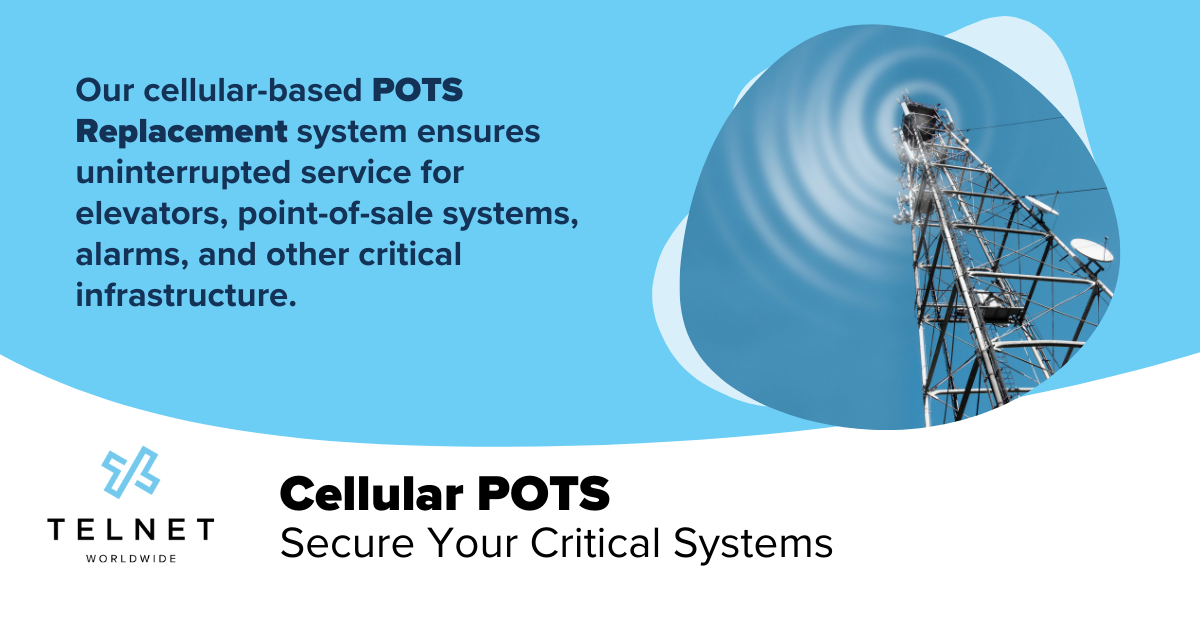Before recent advancements in the telecommunications industry, we hardwired everything. In previous decades, the term “trunk” referred to a physical line. This line connected a company’s equipment to a network, so employees could make calls.
Now, with technology like VoIP and Cloud PBX, we don’t need as many wires or as much equipment. VoIP solutions inspired innovations like SIP trunks and their interconnecting SIP sessions. But what are they? And what do they mean for you?
What is a SIP Session?
A SIP session refers to the quantity of concurrent calls that make up a SIP trunk. Think of a freeway. A SIP Trunk is the freeway, a Session is the lane, and a call is a car. SIP sessions are pathways that exchange communication data between two points or locations. They have the capacity to support one incoming or outgoing call. Many SIP sessions live within a single SIP trunk. In VoIP call centers, one SIP trunk can hold hundreds of SIP lines. However, most businesses only need a single SIP trunk to cover their communication needs.

The exact number of sessions a company needs depends on the number of calls it handles during the workday. The higher the call volume, the more sessions and bandwidth needed. A national bank chain or hospitals need more lines than Barb’s Pizza Parlor.
SIP sessions enable traditional phone systems to send and receive calls via the internet. This marks a huge change from relying on copper wires. If you could update your old phone system without breaking the bank, wouldn’t you? By using SIP, your existing network cables can carry multimedia signals for voice communications, instant messaging and video conferencing.
What is a SIP Trunk?
Before the cloud, a trunk in the world of telecom denoted a physical circuit. Now, SIP trunks are no longer physical but virtual. A SIP trunk is a communications medium that connects a company’s Private Branch Exchange (PBX) to the web. It works like a digital version of the traditional phone line.
If SIP sessions act as branches, a SIP trunk is like a tree trunk with many SIP lines. Each branch represents a separate line or extension. Many sessions or branches can share a single SIP trunk. For example, a company can have one SIP trunk that supports an office full of desktop phones, softphones and mobile phones. Each phone call uses a single line that uses a certain amount of bandwidth.
You can customize a SIP trunk. Customers can order the exact number of circuits they need instead of having to order industry standards like a TDM PRI or T-1 – which has 23 channels and sometimes has companies paying for more capacity than they need. Meanwhile, SIP trunks let organizations pay for exactly what they want.
They also have more than one purpose. Traditional trunks handle one type of traffic at a time – inbound calls, outbound calls or calls between individuals on the same PBX. SIP trunks can route all types of communications.
Before You Start
In order to successfully configure your PBX to accept SIP, you must ensure that your PBX is either SIP enabled by default, or purchase an upgrade. Most new phone systems come SIP enabled from the manufacturer. In a SIP system, a PBX routes calls through the SIP trunk and then out to the call recipient. For this to work, the entire system has to connect to the cloud via the internet.
Don’t dive into the SIP waters without researching which plan is best for your business. Depending on the service provider, there are different types of SIP offerings. A SIP trunking plan with unlimited SIP sessions is an option or a fixed number of SIP sessions with unlimited minutes. Other plan options include set session minutes distributed across an unlimited number of lines, or several trunks for several offices with all users on the same calling network. When you’re researching which plan fits your needs, cost will most likely play a key factor.
SIP Costs

TelNet Worldwide offers SIP services for $16.95 per month per path. This unlimited package gives you telephony benefits like authentication, dual registration, caller ID, call forwarding, e911, a service management portal, unlimited local and Intralata calling and unlimited nationwide calling. What else do you need? Standard plans start at $10.50 per path per month and come with the above benefits minus unlimited nationwide calling. If you need something special, we have even more features like voicemail, huntgroups and call bursting.
Benefits of SIP
Other than your sweet 95-year-old Grandma, do you know anyone that still uses a landline? You don’t want others to discount your business because of outdated technology. Making the right investment matters. With almost everything going digital, SIP trunking can help you blossom in the new era of communications.
Easy Set-up and Minimal Maintenance
You don’t need physical phone lines or hardware to install and maintain a SIP trunk. Get yourself a reliable internet connection and you’re good to go. With SIP, remote employees stay connected and can easily move their desk phones between their office and home.
Lower Costs
SIP trunks reduce your phone service expenses. In-network calls and long-distance domestic calls are free. Plus, if you need international calling, SIP rates cost a fraction of traditional fees.
Scalability
As your business grows, adding extra SIP lines is easier than deciding what to watch on Netflix. All you have to do is contact your SIP provider — no extra hardware required.
Dependability
SIP trunks give you better risk management through service redundancy and reliability. Let’s say your internet goes down or your employees need to work from home, you can have calls forwarded to secondary phones.
Better Customer Service
SIP trunking gives you a gamut of multimedia capabilities. Attach other services to your SIP solutions to your voice services, like file sharing and web conferencing. Improve sales, marketing and customer service with more features to engage with customers.
Take the First SIP
Because they live online, SIP systems offer more flexibility than traditional phone lines. Each SIP trunk can handle an infinite number of SIP lines and because your provider can set up your SIP system off-site, like in a state of the art TelNet data center, you can avoid the costly setup fees of traditional systems — which also makes maintenance and scaling easy.

SIP trunk phone systems help increase productivity, empower employees and cut costs. Still not convinced? Check out our ultimate guide to SIP Trunking. Go ahead, take a SIP and drink it all in.





